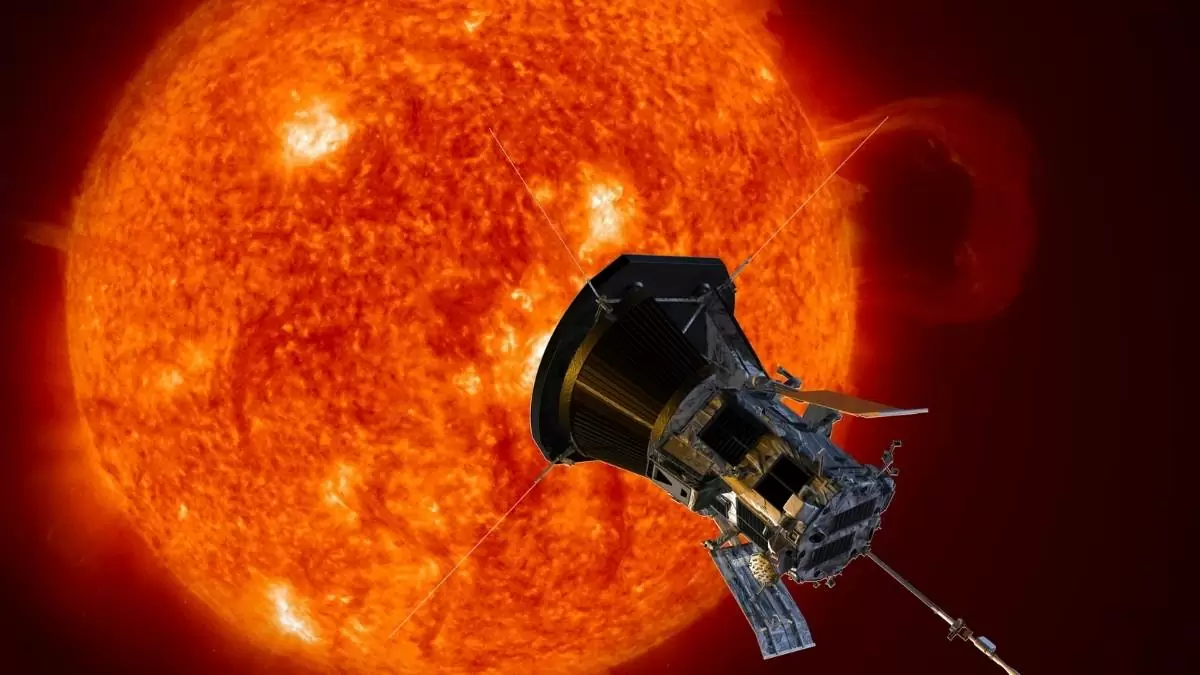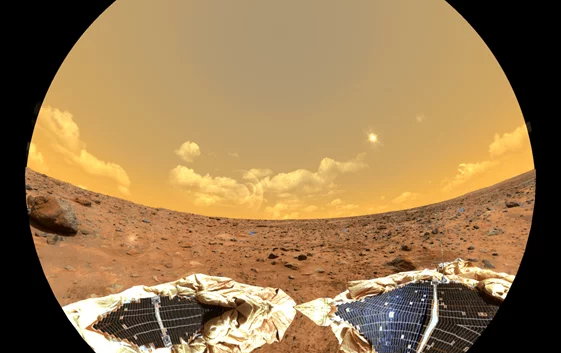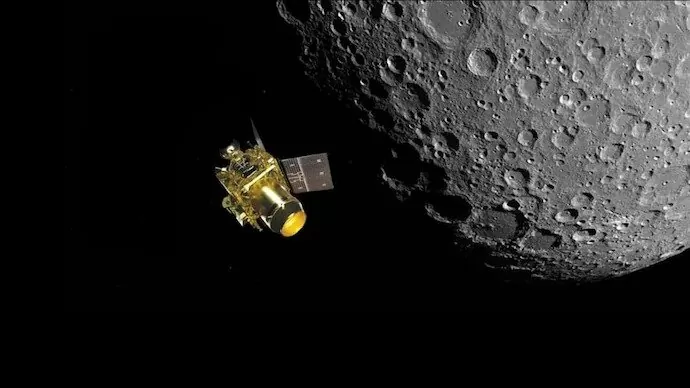Parker Solar Probe: NASA’s Sun Mission Achieves Milestone
NASA has achieved a groundbreaking milestone with the Parker Solar Probe setting a new record as the closest human-made object to the Sun. This extraordinary mission marks an unprecedented achievement in space exploration and solar science, offering unique insights into the mysteries of our star. The probe’s incredible journey continues to push the boundaries of human engineering and scientific inquiry.
Parker Solar Probe’s Mission
Launched in August 2018, the Parker Solar Probe is a daring mission designed to “touch” the Sun. It aims to study the solar corona, the outermost part of the Sun’s atmosphere, which is far hotter than its surface. The mission has already provided remarkable data on solar winds, magnetic fields, and energetic particles, critical to understanding solar activity and its impact on Earth.

Parker Solar Probe: Closest-Ever Approach
During its recent mission phase, the Parker Solar Probe achieved its closest pass yet, coming within approximately 4.5 million miles of the Sun’s surface. This proximity allowed it to navigate through parts of the solar corona, enduring extreme temperatures of up to 2,500°F (1,377°C) and intense radiation levels. Equipped with revolutionary heat-shield technology, the spacecraft operates unharmed in this hostile environment, capturing groundbreaking data and images.
Scientific Milestones
The recent approach to the Sun provided scientists with unprecedented insights into the solar atmosphere. Some key discoveries include:
- Solar Winds: The probe has revealed dynamic processes shaping solar winds that travel through the solar system and affect planetary atmospheres.
- Magnetic Fields: New observations are refining our understanding of the Sun’s magnetic field and its role in solar storms.
- Space Weather: By studying solar activity at its source, researchers aim to predict and mitigate the impacts of solar storms on satellites, communications, and power grids on Earth.
Engineering Marvel
The Parker Solar Probe stands as a testament to human ingenuity. Its Thermal Protection System (TPS) is a cutting-edge shield of carbon-composite foam between two panels, specifically designed to withstand the Sun’s heat while keeping instruments at a manageable temperature. This innovation has made it possible for the probe to operate closer to the Sun than any other spacecraft in history.

The Significance of Solar Research
Understanding the Sun is essential not only for advancing astrophysical knowledge but also for protecting Earth from potential disruptions caused by solar storms. By decoding the mysteries of the solar corona, scientists can enhance space weather forecasting, safeguarding technology and infrastructure that modern life relies on.
A Future of Unfolding Mysteries
NASA’s Parker Solar Probe is a pioneering mission that will continue to conduct perihelion passes, with the closest-ever flybys expected as the probe’s orbits gradually shrink due to gravitational assists from Venus. Each pass promises to unlock new information, bringing humanity closer to understanding the life-giving star at the center of our solar system.
The journey of the Parker Solar Probe stands as a testament to human curiosity and determination, proving that even the Sun’s formidable presence cannot deter our quest for knowledge. As it continues its mission, we can look forward to more revelations about our Sun, its behavior, and its profound impact on the solar system.
For more details, visit NASA’s official Parker Solar Probe mission page.








